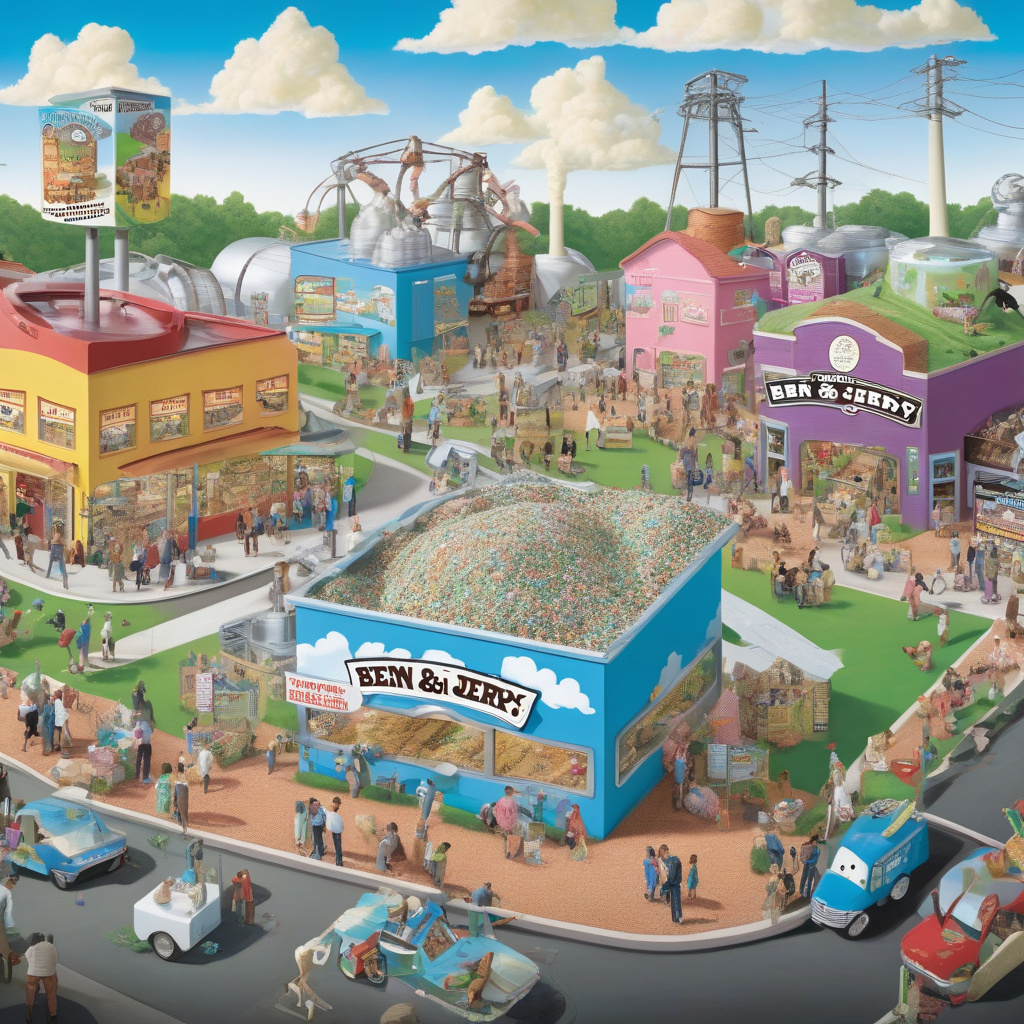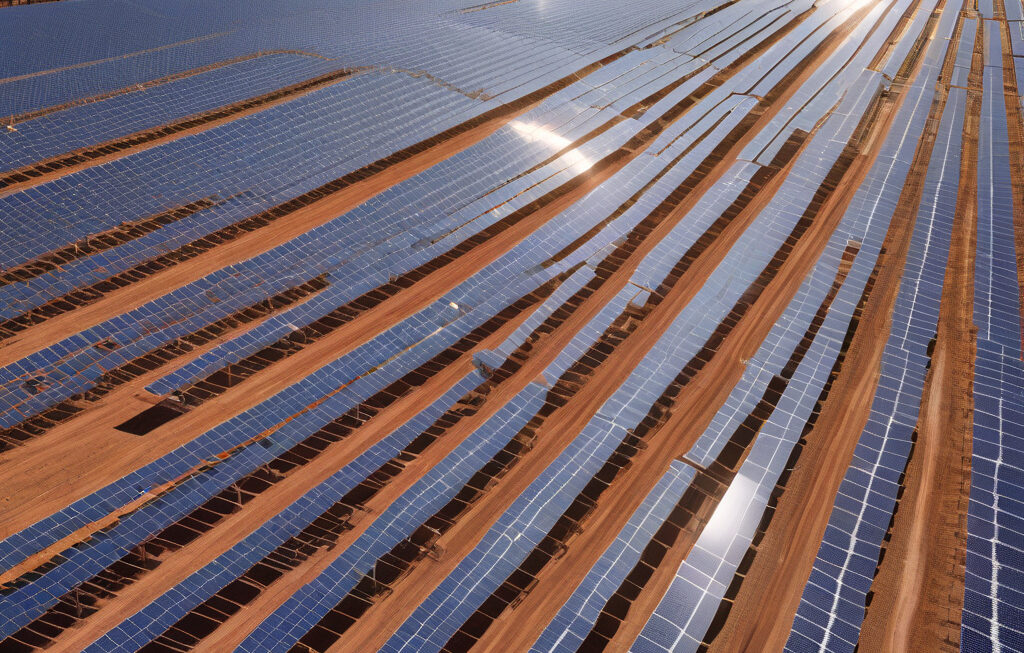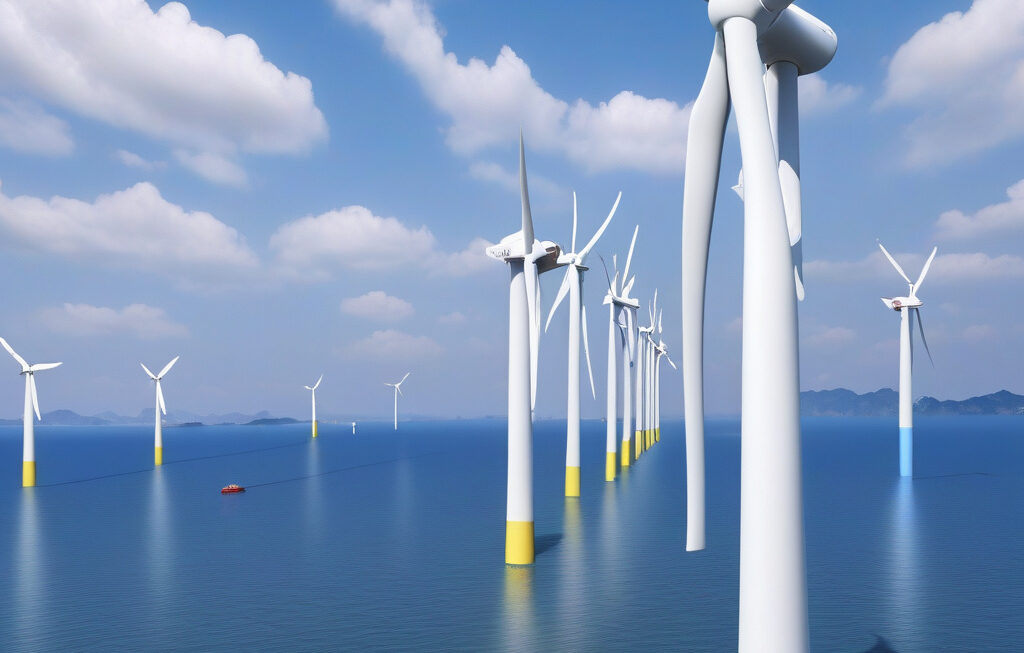Electricity from Dessert? Ben & Jerry’s Powers Homes with Its Waste
A high-tech anaerobic digestion facility in the U.S. has been transforming organic waste from the popular ice cream company, Ben & Jerry’s, into electricity. This innovative approach not only addresses the issue of waste management but also contributes to sustainable energy production. By harnessing the power of biogas, Ben & Jerry’s is setting an example for other food manufacturers to follow suit.
Anaerobic digestion is a process that breaks down organic matter, such as food waste, in the absence of oxygen to produce biogas. This biogas, primarily composed of methane, can be used to generate electricity and heat. Ben & Jerry’s has been utilizing this technology to convert waste from its ice cream production into renewable energy, powering homes in the surrounding area.
The benefits of this initiative are twofold. First and foremost, it helps reduce the environmental impact of organic waste. Instead of ending up in landfills where it would release harmful greenhouse gases, the waste from Ben & Jerry’s is being repurposed to produce clean energy. This aligns with the company’s commitment to sustainability and reducing its carbon footprint.
Secondly, by generating electricity from its waste, Ben & Jerry’s is promoting energy independence and resilience. The reliance on renewable sources of energy, such as biogas, reduces the company’s dependence on traditional fossil fuels. In a world where energy security is becoming increasingly important, this approach offers a sustainable solution that benefits both the business and the community.
Moreover, Ben & Jerry’s is not the only company exploring the potential of anaerobic digestion. Food manufacturers, breweries, and agricultural operations worldwide are increasingly turning to this technology to manage their organic waste more sustainably. By investing in anaerobic digestion facilities, these businesses can not only reduce their environmental impact but also create a new revenue stream from the sale of renewable energy.
The success of Ben & Jerry’s in powering homes with its waste serves as a testament to the potential of innovative solutions in the fight against climate change. As consumers become more conscious of the environmental footprint of the products they consume, companies are under increasing pressure to adopt sustainable practices. By leading the way in converting organic waste into electricity, Ben & Jerry’s is not only meeting this demand but also inspiring others to follow suit.
In conclusion, the initiative taken by Ben & Jerry’s to power homes with its waste highlights the transformative power of sustainable technology. Through anaerobic digestion, organic waste is being repurposed to generate clean energy, benefiting both the company and the environment. As we move towards a more sustainable future, innovations like this will play a crucial role in reducing emissions and building a greener economy.
waste management, renewable energy, sustainability, anaerobic digestion, climate action












